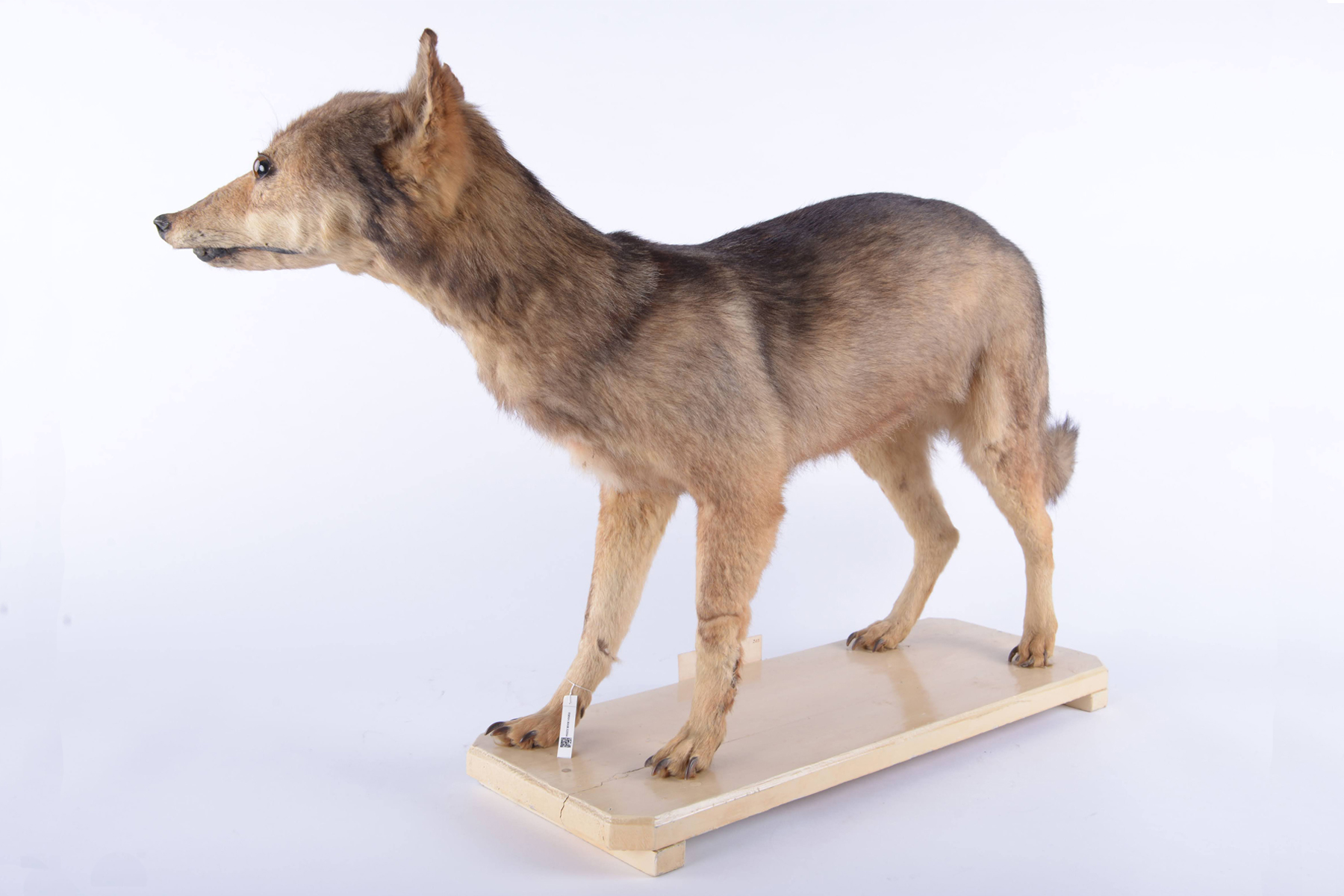

“Four Archetypes Mother, Rebirth, Spirit, Trickster”, Routledge and Paul, 1957. C:G: Jung writes numerious times about Wotan, who was eaten at Ragnarok by the giant wolf Fenrir and then avenged by his son Vidar e.g. Joland Jacobi writes, “being devoured or swallowed is also a widespread archetypal motif… the wolf that devours the kid”….
#Japanese wolf series#
Jung”, Bollingen Series Princton University Press, 1957. Jung mentiones the archetype of the wolf a few times in her book “Complex, Archetypes, Symbol in the Psychology of C.G.

The wolf archetype is so central, that how the wolf is viewed, indicates the mindset of the human, secular or spiritual organisations of the society we live in.īut there is much more. Initially I thought, that the wolf is a somewhat boring theme, but it became clear during my research, that in mythology, religion, in legends and fairy tales the wolf has played an outstanding ambiguous, dualist and multidimensional role. This article is a preparation to the theme and will be updated afterwards. The religious exercise will be lead by a Benedictine monk, who happens to have formal psychoanalytic credentials and introduced the theme “ The archetype of the wolf” for what to my understanding is a spiritual hiking weekend. George mountain (Karwendel) on foot takes approximately one hour. George is a development center of the Benedictine order in the Austrian Inn valley. In a few weeks, there is Whitsun, and I will make one of my occasional trips to the monastery.


 0 kommentar(er)
0 kommentar(er)
